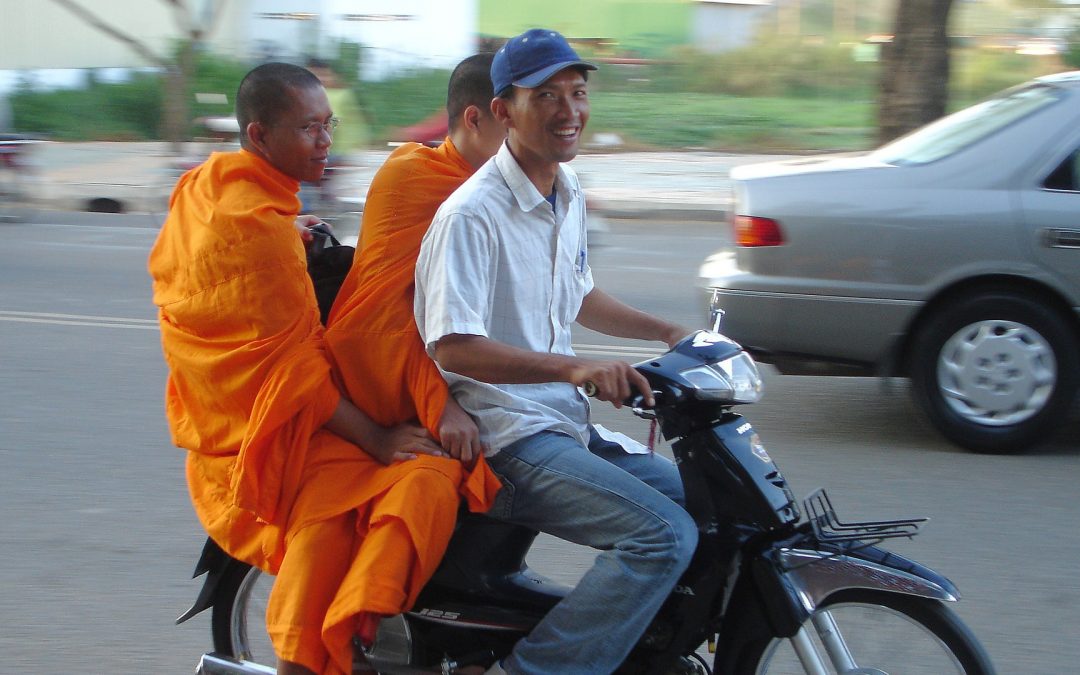Throughout the world, more and more attention is being paid to the safety of helmet wearers in traffic. This is necessary, especially now that many groceries, meals and consumer goods are delivered to your doorstep in person. That is why organisations, including Uber Eats, see the need to send their employees on the road in a safe and responsible way.
But the key question is of course this: Is the safety that these organisations talk about really safe?
Uber Eats
Uber Eats joins the FIA safe and affordable helmet programme to promote road safety in Mexico’, was the headline of the 4 November article on the website of the FIA, Fédération Internationale de l’Automobile.
As a result of this cooperation, drivers will be able to purchase certified helmets at favourable prices.
‘The initiative will support the FIA and Uber Eats’ efforts to contribute to the reduction of motorcycle-related fatalities worldwide in support of the UN Decade of Action for Road Safety 2021-2030 – as research shows that helmet wearing is one of the most effective road safety interventions, reducing the number of head injuries among motorcyclists by around 44%.’
(Source)
A safe helmet for $10
The FIA is also working on a project in Asia, where 80% of all motorcyclists and moped riders are located. You can imagine that, in these countries, the regulations concerning safety and the possible obligation to wear a helmet are often non-existent or virtually non-existent. Let alone that they are observed or enforced. And from that perspective, this is a great initiative.
Safety
How safe is a helmet that only costs $10.00? And how is it possible that Uber Eats employees can order their helmet at such favourable rates, while the average motorcyclist in Europe often pays hundreds of euros for a helmet, just to be sure that it is safe enough? Or to put it another way: how safe are these helmets really?
Let us say first of all that we fully support initiatives such as these. Knowledge and awareness on the subject of traffic safety, specifically on the safety of helmets, is and remains extremely important. The point is, however, that if concessions are made in the design and production process in order to keep the helmet affordable, safety may just be compromised.
Knowledge
In addition, we see time and again that it is not just the helmets that helmet wearers need to get home safely. It’s also the knowledge they have about, for example, helmet use, hygiene, fit and visibility: elements that all rely on the knowledge of the user and not on the quality of the helmet itself….
We therefore call on organisations such as the FIA not only to offer cheap, safe helmets, thereby making “the helmet” more attractive to the general public, but also to spread knowledge about what makes a helmet – in fact any helmet regardless of brand, type, size and price – really safe: the seven elements of helmet safety.
